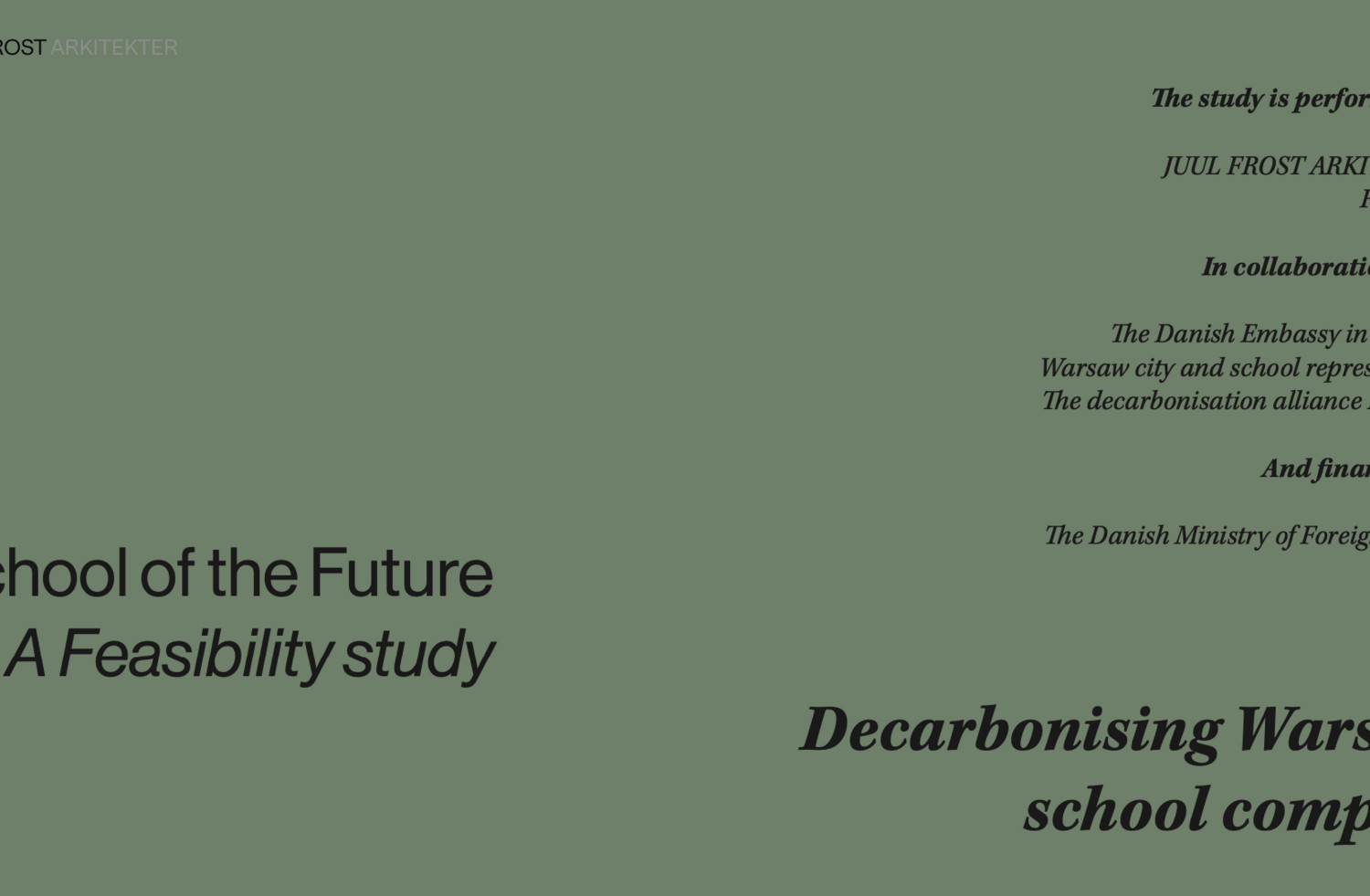Actors and orders: The shaping of landscapes and identities
Landscape is a word of Dutch origin,1 and a phenomenon with many interpretations. It is a constantly re-configured frame, and medium of human aspiration and action.
There is always more to the landscape, than meets the eye. Basically, our perceptions of and actions in the landscapes are shaped by who we are. And who we are is in many ways shaped by our relationship to our physical environment including the landscape. In other words, there is a dynamic interplay between formation of landscape-identities and formation of human-identities. In the following I shall first attempt a simple grouping into three of the different positions from which we can act in the shaping and interpretation of the landscape.
From there I shall move on to deal with different types of order in the landscape.

